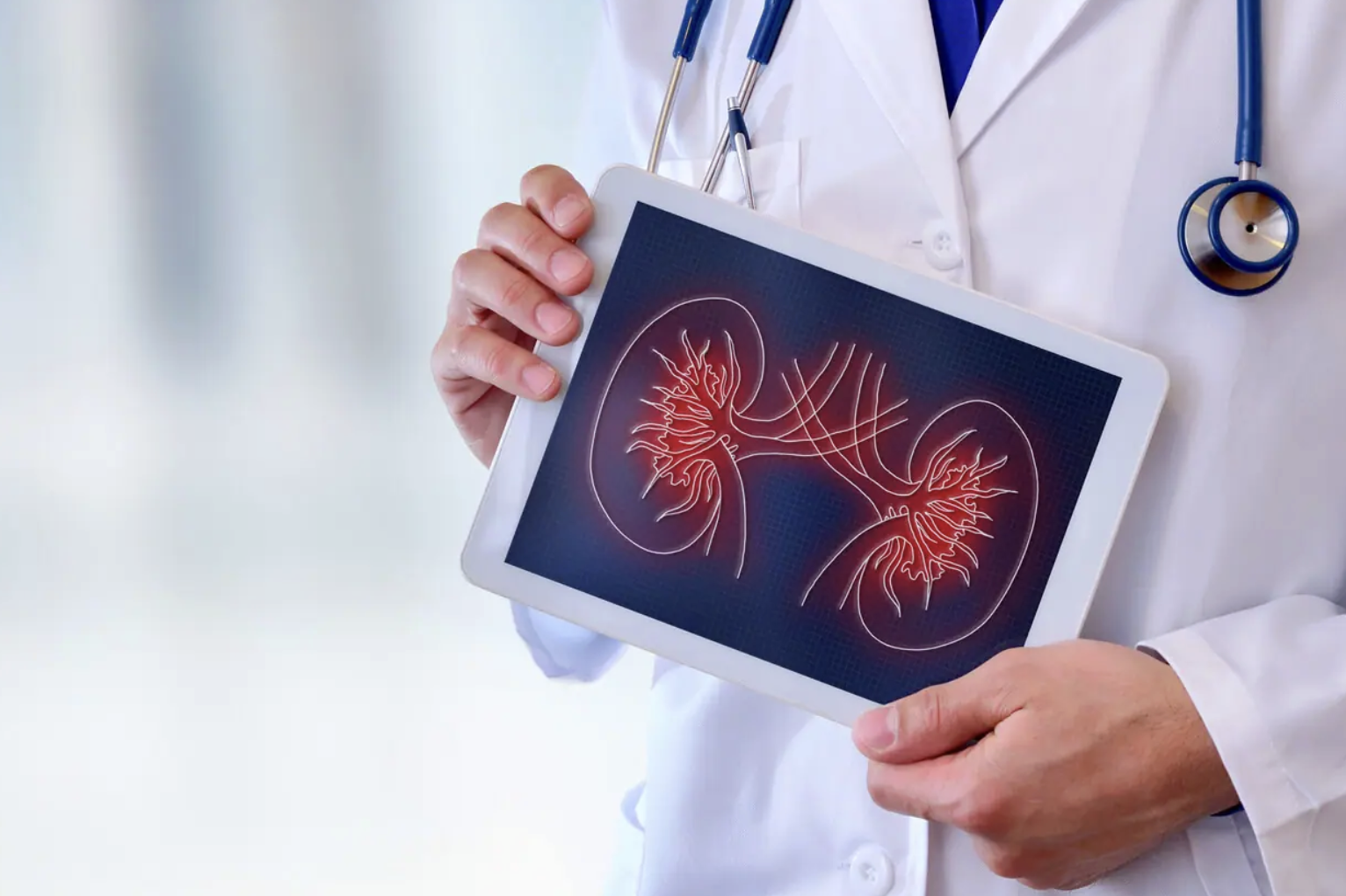How to Tell the Difference Between Back Pain and Kidney Pain
Back pain and kidney pain are two common causes of discomfort in the lower back area, and because they occur in the same region of the body, it can be difficult to tell them apart. Understanding the difference between back pain and kidney pain can help you know when to see a doctor and when to request a renal ultrasound or kidney MRI for a more accurate diagnosis.
BOOK APPOINTMENT ONLINE
Where Is Kidney Pain Located?
Kidney pain is usually felt on one or both sides of the spine, just below the rib cage. It may radiate toward the abdomen or groin. The pain often feels deeper, dull, or throbbing and typically does not change with movement.
Back pain, by contrast, often affects the lower back muscles or spine. It can feel like stiffness, soreness, or a sharp pain that worsens with bending, twisting, or lifting. Back pain tends to improve with rest, stretching, or heat.
Common Symptoms of Kidney Pain vs. Back Pain
Certain symptoms can help identify whether your pain is coming from the kidneys or the back:
-
Kidney pain symptoms may include fever, chills, nausea, vomiting, painful urination, blood in the urine, or frequent urination.
-
Back pain symptoms rarely include urinary changes or fever. It’s often associated with muscle strain, injury, or poor posture.
If you experience persistent lower back or side pain with urinary symptoms, it’s important to have your kidneys evaluated.
Kidney (Renal) Ultrasound
A renal ultrasound is a quick, non-invasive imaging test that uses sound waves to create pictures of your kidneys and urinary tract. It helps detect:
-
Kidney stones
-
Infections or inflammation
-
Fluid buildup or cysts
-
Urinary blockages
A kidney ultrasound is often the first step in diagnosing the cause of kidney pain. It’s safe, painless, and does not use radiation.
Kidney MRI for Detailed Evaluation
In some cases, your doctor may recommend a kidney MRI (Magnetic Resonance Imaging) for a more detailed look at your kidneys and surrounding structures. A kidney MRI can:
-
Detect small cysts, tumors, or other abnormalities
-
Assess kidney blood flow and function
-
Provide clear images when ultrasound results are unclear
-
Evaluate chronic kidney conditions in greater detail
MRI is safe, non-invasive, and does not involve radiation, making it a valuable next step if your symptoms persist or your ultrasound shows abnormal findings.
When to See a Doctor
You should see a healthcare provider if your pain:
-
Is severe, persistent, or one-sided
-
Is accompanied by fever, nausea, or changes in urination
-
Does not improve with rest or over-the-counter pain relief
Early evaluation can prevent serious complications like kidney infection or damage. Your doctor may order a renal ultrasound or kidney MRI to confirm the cause and start appropriate treatment.
Takeaway
If you’re unsure whether your pain is coming from your back or kidneys, don’t ignore the symptoms. A simple renal ultrasound or kidney MRI can provide answers and peace of mind.
Schedule your kidney imaging today to protect your health and get clarity about the cause of your pain.





